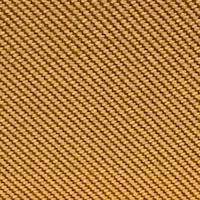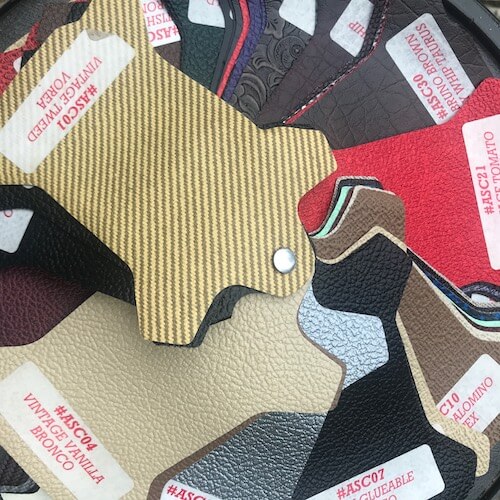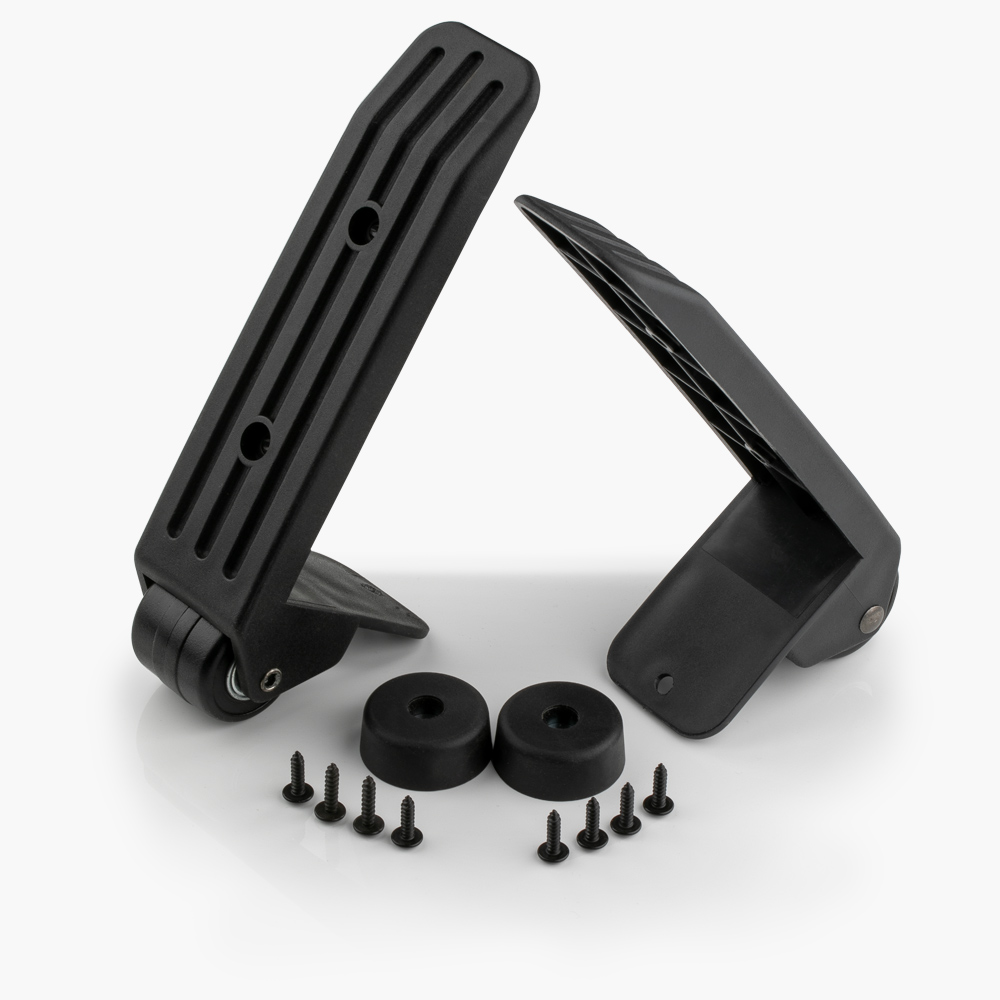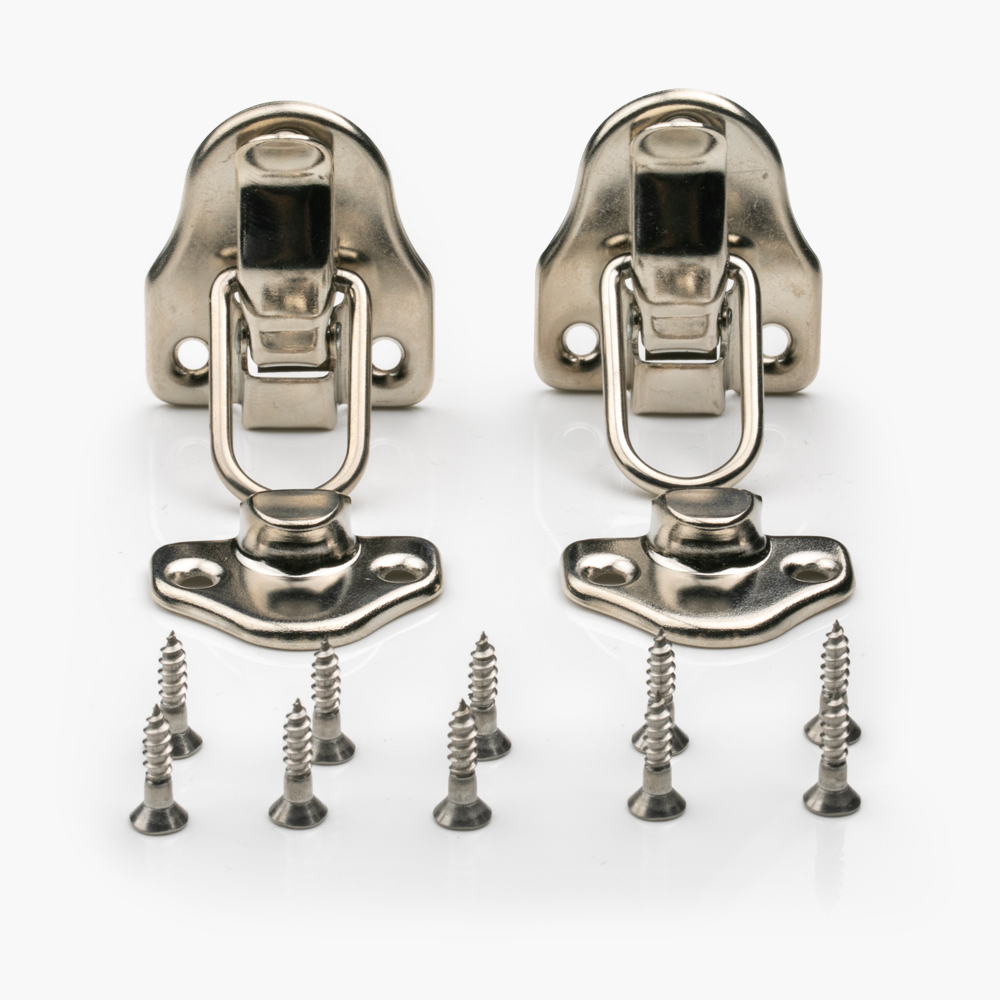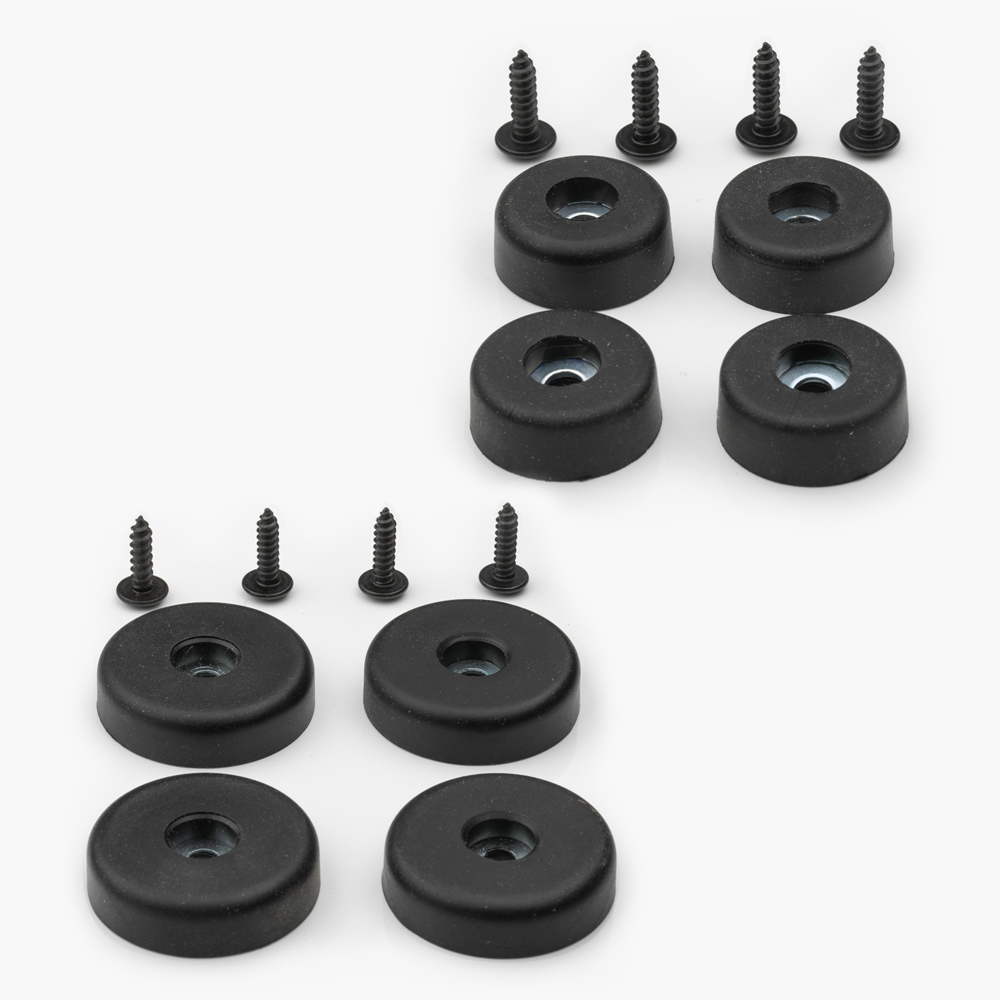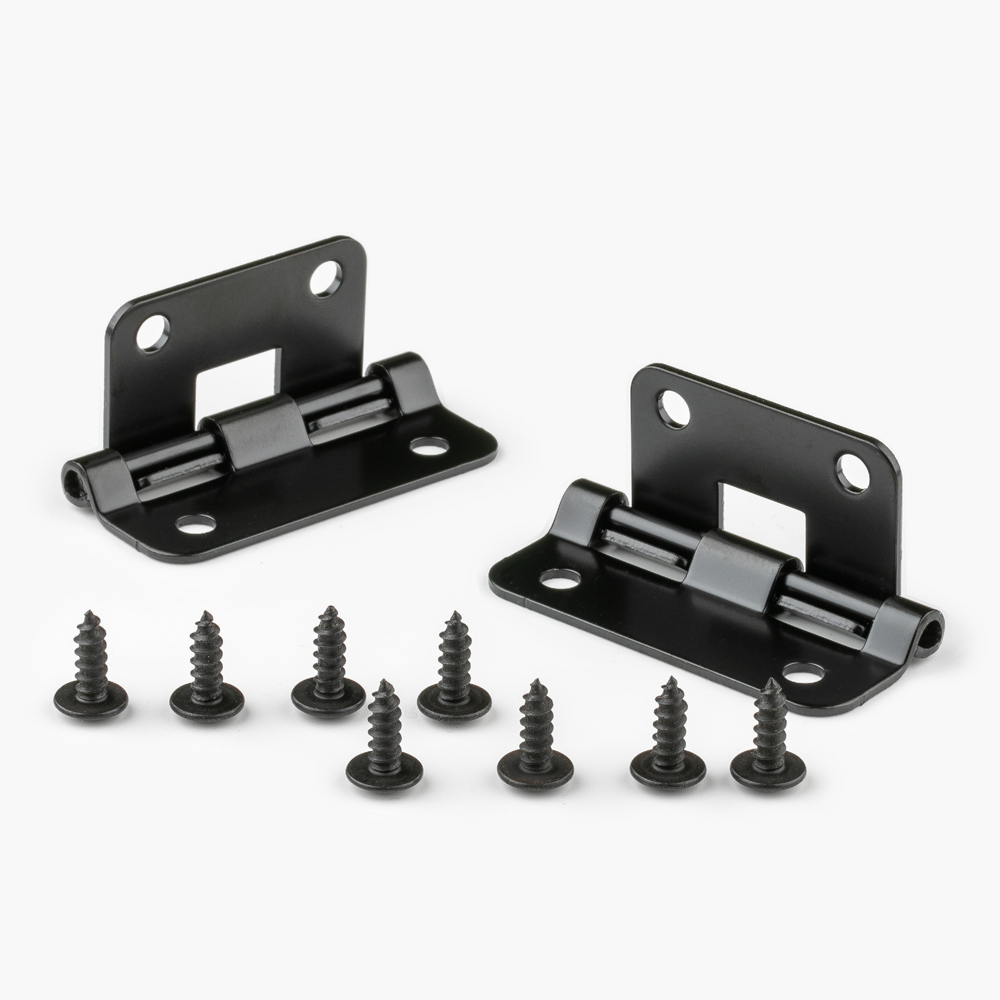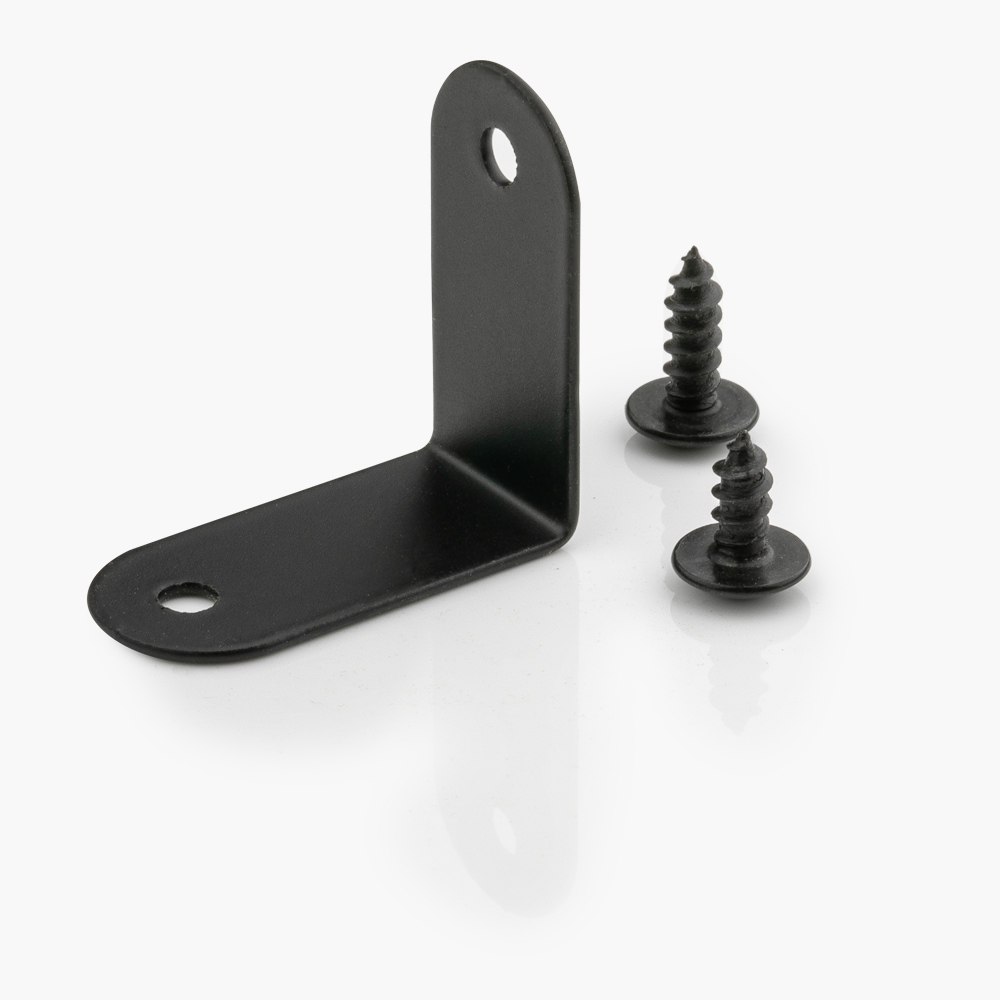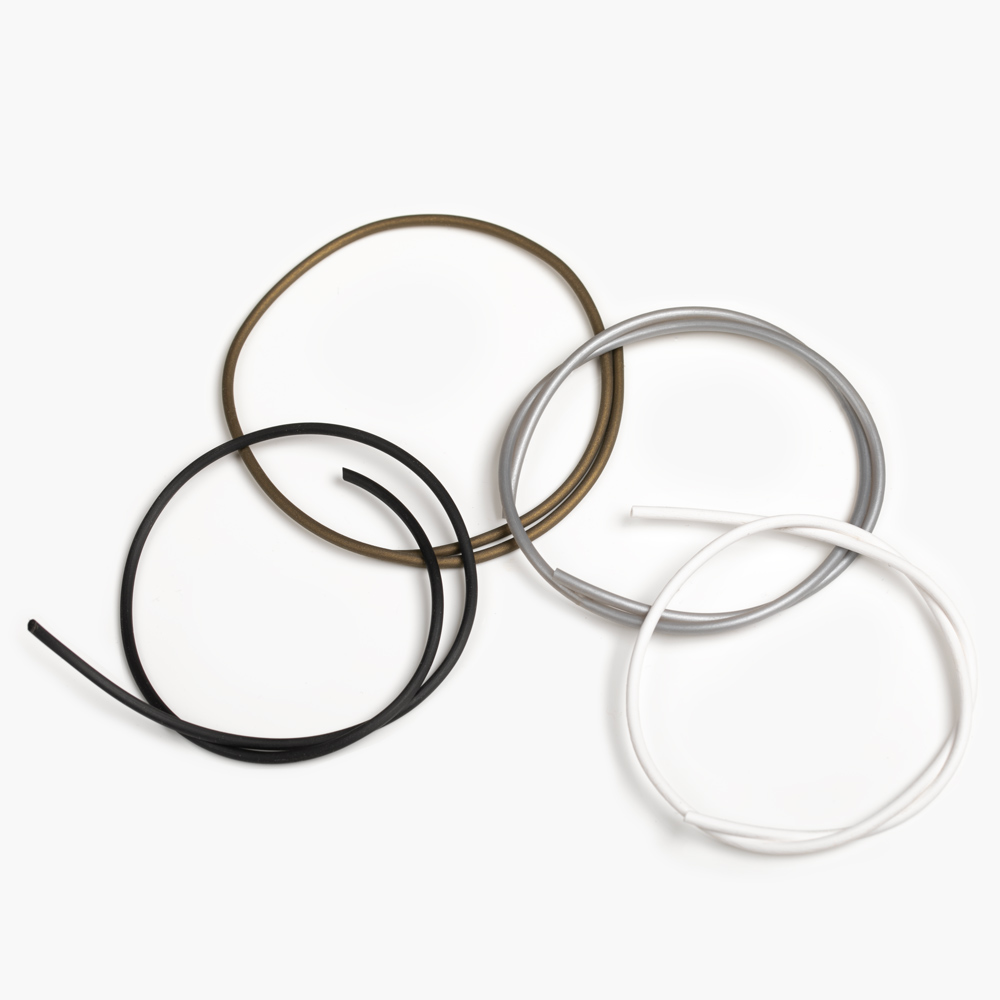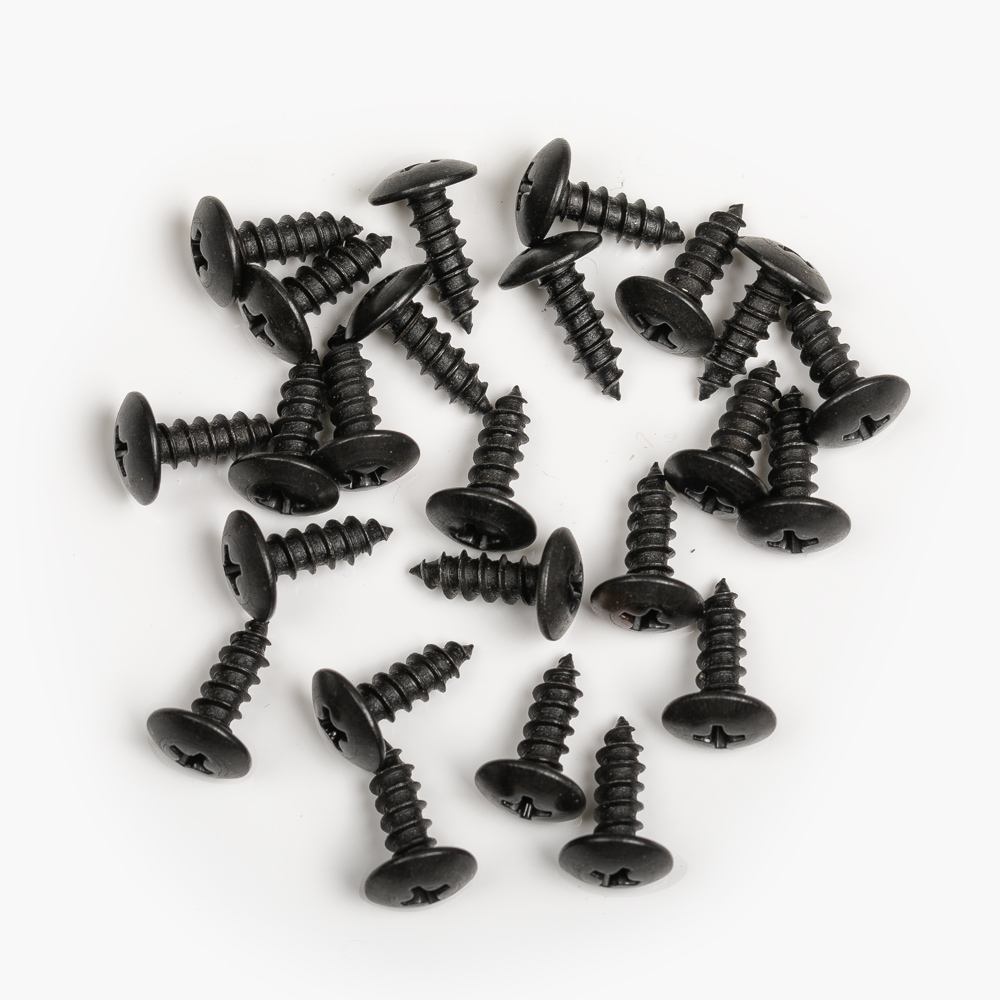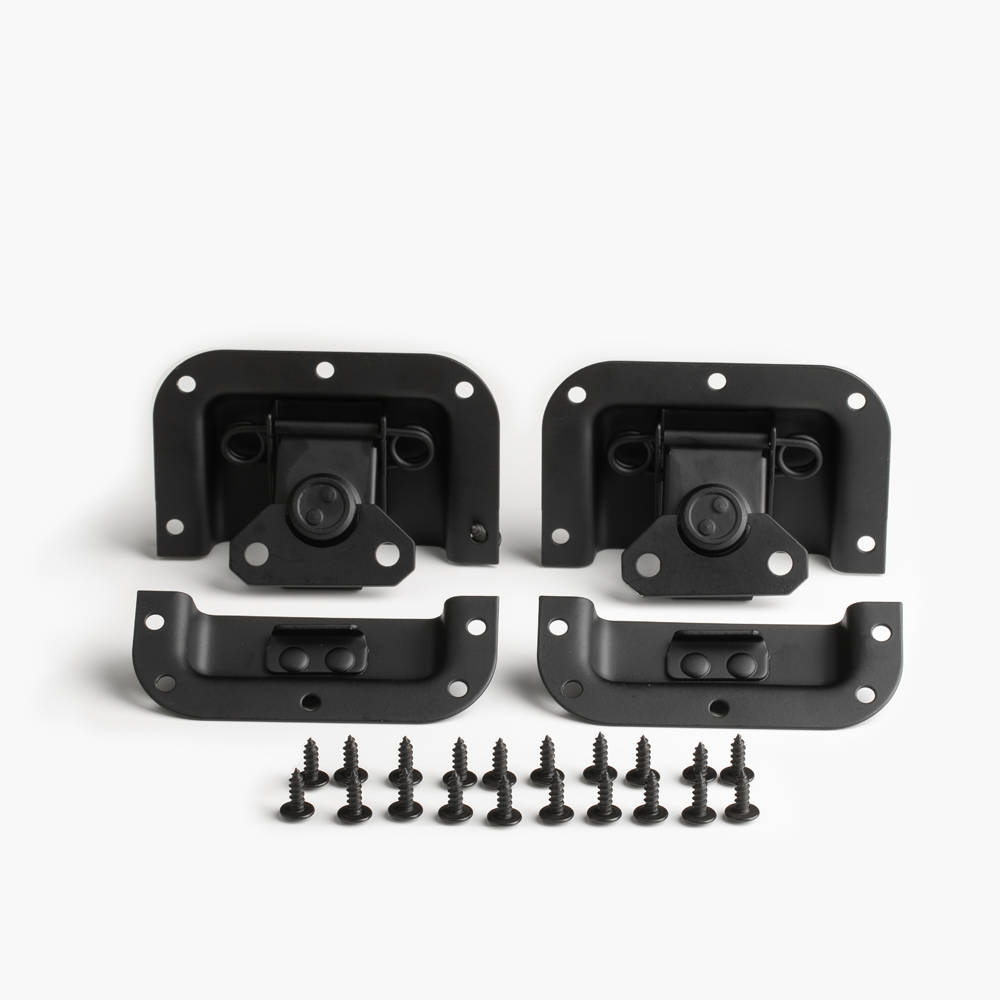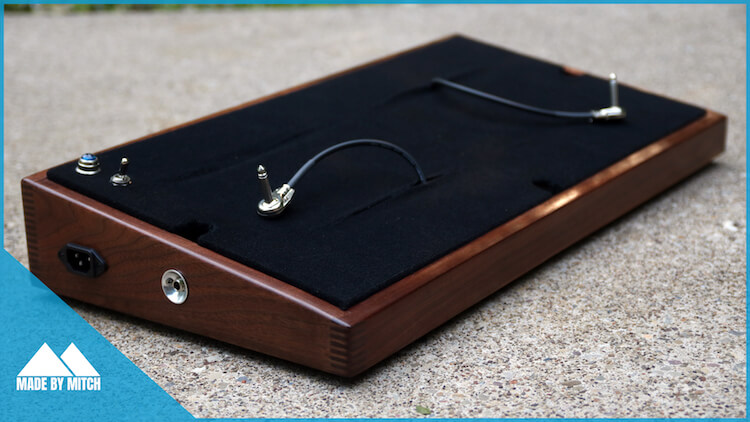How to build pedalboard case … WAHdddup KIDS!! It’s that time again, get your tools out and your swear jar emptied from the last project! This guide coupled with your skills, (or your friends skills who you guilt into helping you with this ;-] ) and some parts from our shop will give you the keys to build a very solid and extremely durable hard case. Ready? Here we go!!
The ingredients and order of assembly in one simple page as per usual!
This article outlines the build-out of a 2 piece hard case for any type of pedalboard, angled, flat, metal, wood, doesn’t matter!
- SIZING: Step 1 is ALWAYS: determine your size; no matter the type and/or style of pedalboard. If you already have a pedalboard and your needing a case, keep rollin’!. If you need a pedalboard and a case, stop NOW and check out this POST, build your board first then come back to this…
- Measure the usable space that your pedalboard will consume while sitting on a flat surface. We need the Length, Width and the Height of the tallest point. (Pro Tip) – if your planning to upgrade a pedal down the road, make sure its not going to change the height dynamic of the case.
- Once you have the useable space determined, its time to round up some materials! Lucky for you, we carry almost everything, and if your super nice, we’ll even cut your case parts using premium void-less 3/8″ birch ply.
- If your gonna get your own plywood, find some multi-ply, voidless birch or similar plywood. DO NOT use the crap from home cheapo. I won’t go into the reasons, but all the top gear builders in the industry use it because its simply the best shit available! We use a combination of 3/8″ and 1/2″ but, you should be fine using 3/8″ for the entire thing.
- Now that you have your measurements, its time to lay out the case design. We choose to have our pedalboards “playable” or “Live-In” capable; meaning, the top case shell comes off and the pedalboard is playable in the bottom half. If thats your choice, you’ll have to make your case split at the correct height so you can have access to the jacks and inserts. Also note, that some of the hardware you choose will also be limited by the case dimensions; for instance, our road case latch kit requires that the bottom half has at least 1.5″ worth of meat to fasten into. Point is, make sure your dimensions work with your case hardware. It may be a good idea to get the hardware first so you can verify fitment. Case hardware is fairly inexpensive and there isn’t that many components, so check it out here and let us know if you need helping picking out components!
- Also, is this thing going to need corner casters and an extra handle to pull it? If the case is over 24″ long, think about it. Our caster kit includes all the hardware and feet set to keep it at level elevation.
- Our hard cases have 1/2″ plank foam around the border of the bottom case where the board lives and 1/4″ foam everywhere else. If your planning to do something similar, you need to account for that extra 1″ of buildup length and width on the bottom part of the case. For instance, our 18X12 board will need 19X13 worth of interior case space to allow for the foam build-up.
- So, you have all your dims sorted out and you’ve made a plywood cut list, or you called Spence and he’s cutting your case parts: cut your parts or wait for them to show up, which won’t take long because we ARE FAST AF and EFFICIENT!
- Glue and pin nail all your parts together with Titebond II or similar and clamp squarely for the suggested interval, usually 24Hrs.
- The preliminary wood working can now start; we usually layout the case hardware locations and make placement markings with pencil to see how things flow. Once your satisfied, we’ll make all necessary cuts before installing the tolex or tweed covering. Only if your using the heavy duty road case latches, will you need to cut the openings, if your using a surface mount latch, move to the next step.
- Once thats finished, we use a 3/16″ round-over bit over all the edges. (You can use whatever you want really) If your going to use case corner protectors, make sure of the radius required, all corner protectors REQUIRE a certain amount of radius to work properly. I see some builders putting corners on that obviously don’t work and they are forcing it to; it looks like shit so just prepare a tiny bit in advance and it won’t look like poo!
- Once the edges are rounded, use a quality filler (Titebond II mixed with your saw dust works, may have to do it a couple times) to fill in any imperfections, gaps, cracks, or anything that degrades it from being ultra smooth and pristine! We want that case smooth and dialed in prior to any textile installation.
- Use an orbital sander with 60-120 grit paper to scuff up and smooth out the case, we want nice flowing corners. By hand, lightly sand the surfaces that will eventually close onto each other, just lightly knocking down the sharp edges, not rounding just slight knock down.
- Clean all the dust off, use a clean rag and an air compressor to get all the dust off, say with me…. ALL THE DUST, MUST COME OFF! Very good!!!
- By now, you’ve already chosen your tolex or tweed and we likely talked you into using our Super Spray adhesive to install it right? Right!!!!!? SOUNDS like ANOTHER topic to cover extensively is about to drop! Keep your eyes peeled for it!
- Proceed with the installation of your chosen textile.
- (OPTIONAL) Install your 8 angle braces for each corner of the top and bottom case halves.
- If you chose to foam the interior, now is the time to cut your foam pieces. If your going to cover those foam pieces with velvet, well, get going. (PRO-TIP) – Our spray adhesive work for tolex, tweed, super loop velcro top deck material, foam and velvet!
- After you cut and optionally wrap the foam, stop now and smoke a huge joint. Your almost done and if you’ve gotten this far, i salute you! The rest of the job is called final assembly and as they say, its all down hill from here!
- Install all your hardware, see Parts List below.
- Install case foam.
- Done!
PARTS LIST:
- CASE FRAME WOOD – 3/8″ VOID-LESS PLY WOOD (BALTIC/RUSSIAN BIRCH) – We will cut this for you, call in with your specs!
- TABLE SAW OR PAY SOMEONE TO CUT THE PARTS FOR YOU
- TITEBOND II GLUE TO FASTEN THE FRAME TOGETHER ALONG WITH A PIN NAILER
- IF USING ROAD CASE CLAMPS A JIGSAW WILL BE NEEDED TO CUT OUT OPENINGS FOR THOSE
- CLAMPS
- WOOD FILLER OR DIY YOUR OWN
- ROUTER WITH APPROPRIATE ROUND-OVER BIT
- ORBIATAL SANDER WITH 60-120 GRIT PAPER
- 8 ANGLED BRACKETS TO SHURE UP CORNERS
- HEAVY DUTY OR LIGHT DUTY LATCHES
- (OPTIONAL) – CORNER CASTER KIT
- 4 @ 1″ NON-SLIP RUBBER FEET FOR THE BREIF CASE SIDE
- 4 @ 1.5″ NON-SLIP RUBBER FEET FOR THE BOTTOM CASE SIDE
- LIFTOFF HINGE SET
- TOLEX OR TWEED COVERING
- SPRAY ADHESIVE – 1 CAN FOR SMALL CASES AND LARGE CASES WITHOUT ANY INTERIOR WORK LIKE FOAM OR VELVET – 2 CANS FOR MEDIUM TO LARGE CASES
- WE HAVE A TON OF HANDLE CHOICES, TAKE A PEEK! LIKE ALL OUR OTHER HARDWARE PARTS, THESE TOO COME WITH THE APPROPRIATE MOUNTING HARDWARE
BUILD STEPS:
- CUT PARTS FOR YOUR CHOSEN DIMENSIONS
- ASSEMBLE FRAME USING GLUE, PIN NAILER AND CLAMPS ASSURING A SQUARE FITMENT, ALLOW TO DRY MINIMUM 24HRS
- IF USING ROAD CASE LATCHES, MAKE CUTOUTS WITH JIGSAW
- FILL ALL CRAKS, HOLES OR IMPERFECTIONS IN PLYWOOD WITH QUALITY FILLER
- ROUTE ALL EDGES TO YOUR DESIRED ROUND-OVER SHAPE
- SAND ENTIRE CASE USING 80 GRIT PAPER
- INSTALLATION OF CHOSEN TEXTILE
- INSTALL ANGLE BRACING
- CUT FOAM – UPHOLSTER FOAM IF CHOSEN
- FINAL ASSEMBLY
VIDEO GUIDES
- TOLEX AND TWEED INSTALLATION
- ANGLE BRACE USAGE
- LIFT-OFF HINGLE INSTALLATION
- HEAVY DUTY ROAD CASE LATCH INSTALLATION
- CASE HANDLE INSTALLATION


